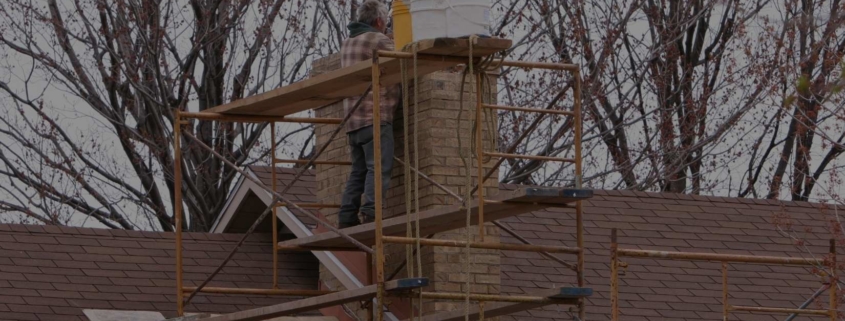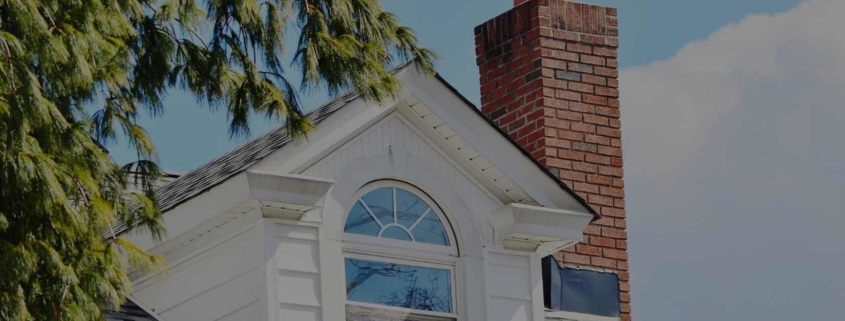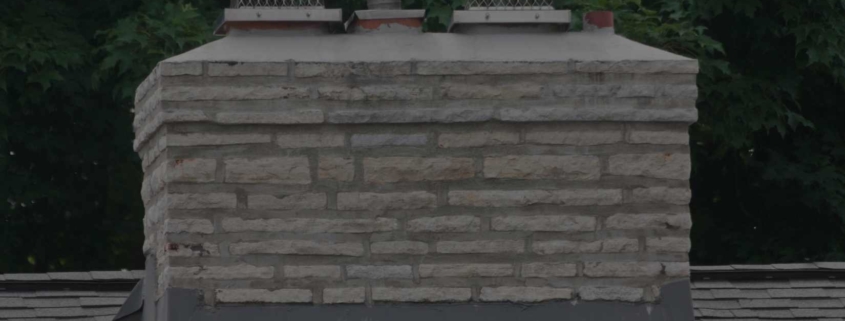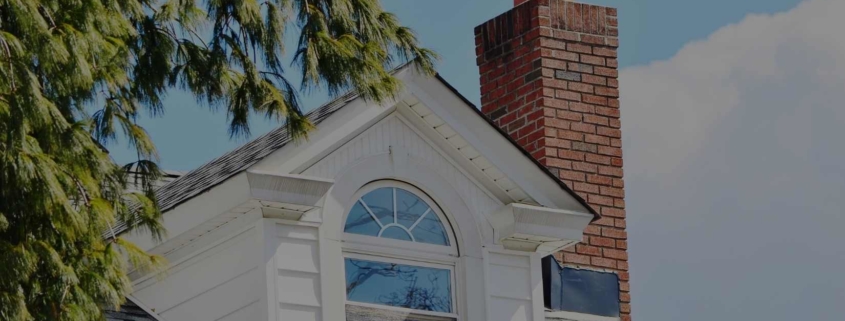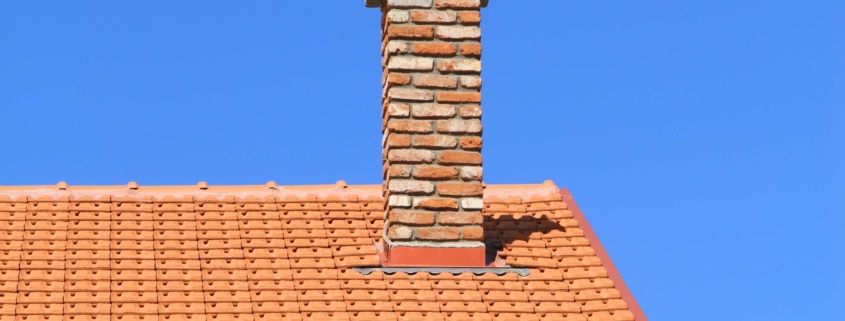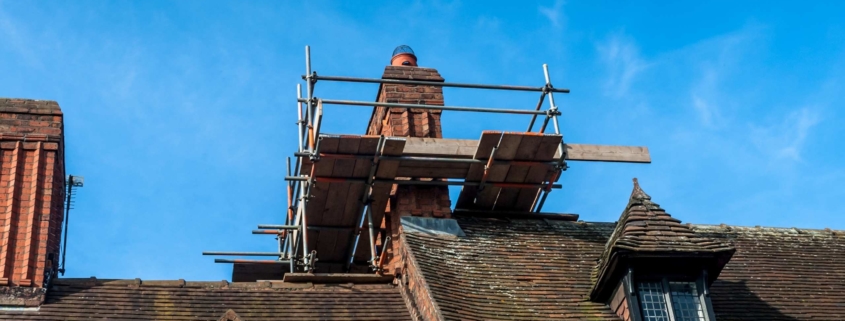Spring brings a slew of new and exciting opportunities. Others are looking forward to the start of the baseball season, while others are just looking forward to spending more time outside without the burden of a thick winter coat.
Whatever your plans for the holiday season, one thing is sure: if you have a fireplace, it’s time to perform some seasonal maintenance!
Let’s begin with a disclaimer before we get started. There are many things you can do to improve the beauty and health of your fireplace, but none of them can substitute for expert maintenance from a trained and licensed specialist. It’s best to invest in any necessary masonry services, repairs, or sweeping services.
Cleaning Up Your Firebox
Do you have a wood-burning fireplace in your home? That means that your firebox will be full of ash by the end of the winter. While an inch or so of ash is helpful throughout the burning season (to help feed future fires), it’s always ideal to remove all of it before calling it a day.
Because ash is acidic, it may quickly corrode your fireplace grate if left exposed for an extended period. You also don’t want your fireplace exposed to moisture, which ash is infamous for attracting. Water is the number one enemy of masonry, and it can demolish whatever structure it comes into contact with.
Waiting at least 24 hours after the last fire has been extinguished is an excellent place to start. This reduces the chance of getting burned. Lay down some tarps or old sheets to keep your furniture and floors from being messed up when the time is up. A facemask and safety goggles will also be necessary for your safety.
A metal scoop and an airtight bucket are the following two items you’ll need. Because embers may survive in your ash pile for days, these two items are a need.
Note that the ashes should never be vacuumed. If any embers or sparks are left behind, you might be creating an enormous fire risk by doing this seemingly quick and easy cleanup.
The bucket should never be kept indoors, in a garage, a shed, or on your deck or porch. The container might catch fire, so be careful! Toss it out, use it in your garden, preserve it for stains, or do anything you choose with the ash after being convinced it’s safe to handle.
Clear Up Your Glass Door
If your fireplace’s glass doors are covered in soot stains, ash, and grime, you may clean this with newspaper, water, and some leftover ash. Just wet a ball of newspaper, dab it in cooled-down ashes, and wipe away.
Give the Stone a Wash
Some people want to end strong by wiping off their bricks, stonework, or marble. This may be a terrific way to keep your system looking younger and fresher. However, if even the most thorough washing doesn’t seem to help, it may be time to consider a fireplace a remodel.
The Importance of an Inspection
Annual inspections are the most effective approach to ensuring that your system remains safe and secure.
If hidden damage is not treated, it will worsen. Any additional creosote deposits will break down your chimney components and possibly cause some unpleasant scents once the A/C is turned on.
Conclusion
Removing ashes and soot and basic cleaning should be a routine annual activity if you own a fireplace. However, if you have any reason to believe that blockage, cracks, or warping have compromised your fireplace, you should hire chimney repair services to inspect and repair it.
Are you looking for chimney repair services in Thornhill, ON? Red Robin Masonry is Toronto’s most trusted masonry company. Request a quote today!

